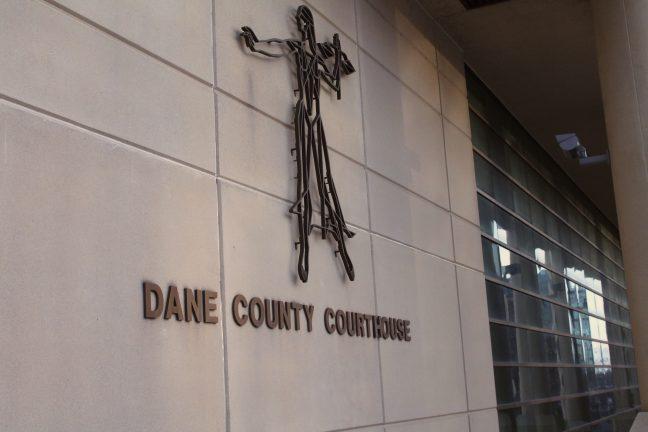One day in the summer of 2017, David — who asked to go by a pseudonym — was arrested for eluding the police, a felony charge, even though he had an alibi and witnesses to confirm it.
The court commissioner set David’s bail at $5,000, and when he asked the bail to be lowered to an amount he could afford, the commissioner decline. Eventually, public defenders were able to dismiss David’s case, but until that happened, he sat in jail — for 84 days.
During that time, according to reporting from the Wisconsin Center for Investigative Journalism, David’s life changed around him.
“David lost his job, his car, his apartment and visitation time with his now-12-year-old son,” according to the report. “While David was in jail, his son’s mother filed for child support, which David could not pay. After he was released, his 50-50 custody changed to one weekend a month.
Although David got his job back, he had to dip into his retirement savings to pay off the loan still owed on the SUV that police seized. The impound fees, which had accumulated while he was jailed, eventually totaled more than the vehicle was worth.”
So while his jail-time lasted less than three months, the impact still hurts him to this day — all for a crime he did not commit.
Earlier this year the Dane County Criminal Justice Council commissioned the JFA Institute, a nonprofit agency that assists jurisdictions in implementing more effective criminal justice policies, to conduct research and issue a report on the county’s jail population.
The report found more than half of inmates are in some kind of pretrial status — meaning they haven’t even been convicted of a crime. This is a jarring number. In fact, the report found one of the biggest drivers of Wisconsin’s jail population is correlated directly to pretrial detention.
But encouragingly, the report also found that out of every 100,000 people there are 154 people incarcerated in Dane County, which is significantly lower than the national average of 229 per 100,000 people.
“Compared to other national sites, Dane County has done a good job of keeping the jail population fairly low,” executive director of the JFA Institute Jim Austin said in a statement to the Cap Times.
In response to the high rates of incarceration around Wisconsin, including the state’s particularly high rates of pretrial detention and disproportionately high rates of incarceration for black men, Dane County has launched a series of initiatives to keep the prison population down.
“We are building a smaller, safer, more humane jail and in order to safely lower our population even more, [it] requires all of us in the criminal justice system working together,” Sheriff Dave Mahoney said in a statement. “Clearly, decisions throughout the entire criminal justice system have an impact on the number of people held in jail.”
Specific initiatives Dane County is taking on include reducing jail sentences and actively working to divert young people from the criminal justice system.
“Expediting the processing of felony cases in pretrial status and reducing the sentence lengths by 30 days would reduce the current jail population by 20%,” The Cap Times reported.
The key here is that Dane County seems to be rethinking the purpose of their detention system. Public safety has a very high value, but oftentimes, the price we pay to maintain sky-high incarceration rates doesn’t even benefit the public.
By diverting youth from the criminal justice system, the county establishes a goal of supporting youth, rather than punishing and entrapping them. By working to reduce sentences for people who don’t pose a threat to society, the county affirms its commitment to serving all constituents.
And in a broad sense, by taking action and working to be self-critical, they are recognizing that this issue is important and needs to be addressed. For too long, the prison populations around the country, and particularly in Wisconsin have been subjected to inhumane treatment, forced to participate in legalized slave labor and denied basic rights.
It’s time to ask ourselves what the benefit of this really is. Who are we serving when we use taxpayer dollars to punish people who might even be innocent? Who does it protect to enforce a vicious, inescapable cycle of recidivism? In the end, does anyone actually benefit from the prison-industrial complex in the U.S.?
Research like that from the JFA Institute says no one really benefits. Thankfully, actions like those Dane County is taking say something needs to be done about it.
Let’s not stop with Dane County. For people like David, their lives are depending on it.
Cait Gibbons (cgibbons@badgerherald.com) is a senior studying math and Chinese.


